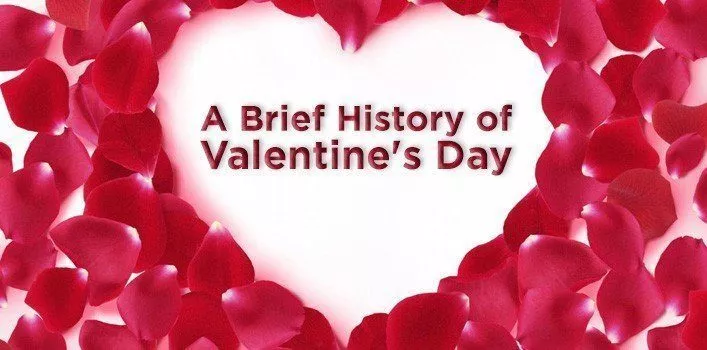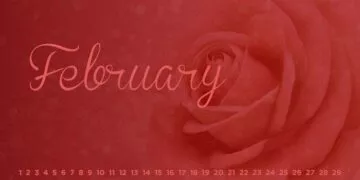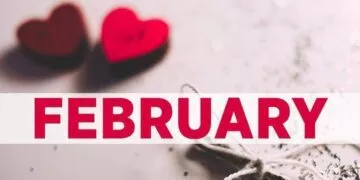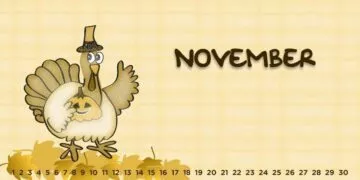Valentine’s Day is celebrated in many countries around the world on February 14th, but how exactly did this loved-up holiday come about?
If, like many other people, the only thing you know is that it’s associated somehow with a mysterious Saint Valentine, there’s plenty more you must know.
Check out the lovely history of the most romantic day of the year!
Who is Saint Valentine?
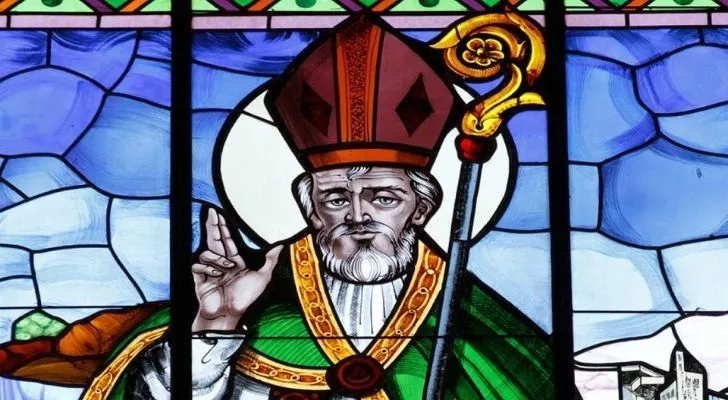
Saint Valentine was a priest who conducted marriage ceremonies (and other services) in third-century Rome.
The emperor at the time was Claudius II, who had the bright idea that men would make better soldiers if they were all single.
As a result of his new theory, he banned marriage for young men, prompting Valentine to strongly disagree with him.
Rather than go along with the new law, the good-natured priest carried on with the marriage ceremonies, meaning that many young people across the country could still get married.
Of course, Claudius II was appalled by this when he found out what was going on, and had poor Valentine killed off.
Why do we celebrate Valentine’s Day?

It is not known for certain why we celebrate Valentine’s Day in February, although there are some interesting suggestions.
The most popular is that this was the month in which Saint Valentine was martyred, although some theorists believe that it was first celebrated in February to overshadow a pagan festival.
The Lupercalia celebrations involved priests, a sacred cave and sacrifices in the forms of goats and dogs.
This was supposed to make the women of the city more fertile the year after, but since the Christians did not agree with this practice, it is very possible that they decided to celebrate Valentine’s Day in this month too.
When did Valentine’s Day become official?

Two centuries after Valentine’s death, Pope Gelasius became the head of the Catholic Church, and decreed that February 14th should be Valentine’s Day.
By now, the uprising of Christianity had well and truly gotten rid of the Lupercalia festivals, so everybody could concentrate on the day of love during this month.
However, it wasn’t really associated with love until later on.
The people of the Middle Ages believed that February 14th saw the start of the mating season for birds, and when this theory was added to the legends of Saint Valentine, it started to make sense that this day should be one on which to celebrate lovers.
Valentine’s Day evolution.

Valentine’s Day messages become increasingly popular after the year 1400, but there weren’t completely unheard of before this time.
In fact, legend has it that Saint Valentine was imprisoned and sent a message to his lover signed ‘From your Valentine’.
This may be highly romanticized, but if it’s true, definitely explains one of the most popular phrases seen on Valentine’s Day cards today.
Inside London’s British Library, there is a manuscript of the first Valentine’s message which we still have on record today.
Charles, Duke of Orleans, was in prison and wrote a love poem to his wife in 1415. While Saint Valentine’s message of love might be purely a legend, Charles’ tale is definitely one which is true.
Fast-forward a few hundred years, and Valentine’s Day cards started being mass-produced in their thousands.
In 1840’s America, cards were being manufactured with lace, ribbons and other pretty decorations.
There are now around one billion Valentine’s Day cards purchased each year, and (you won’t be surprised to know) 85% of them are bought by women.

